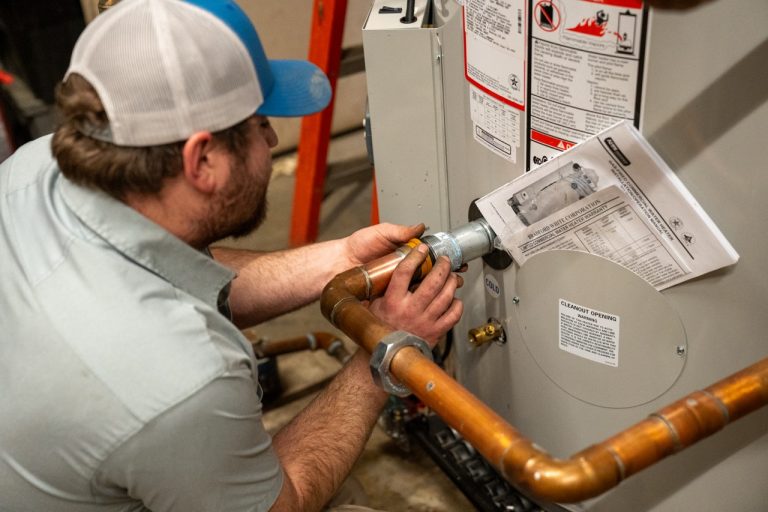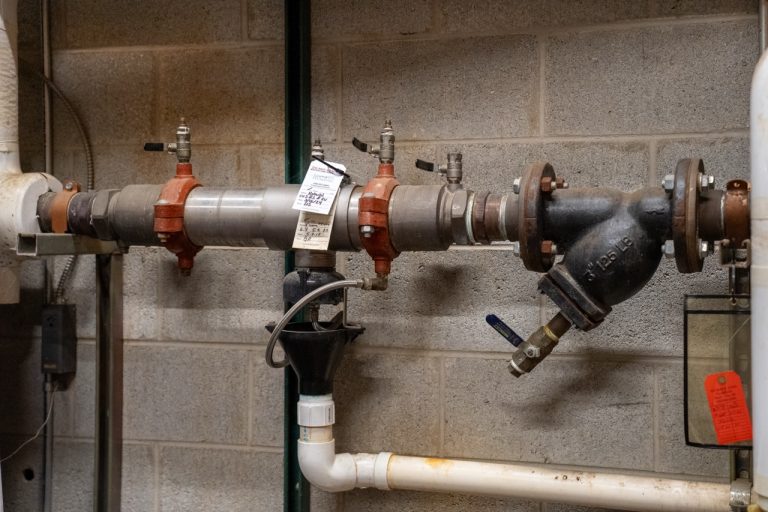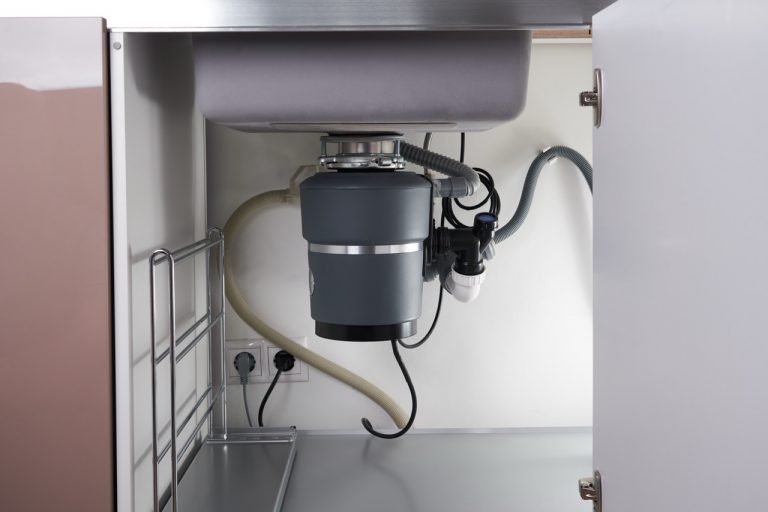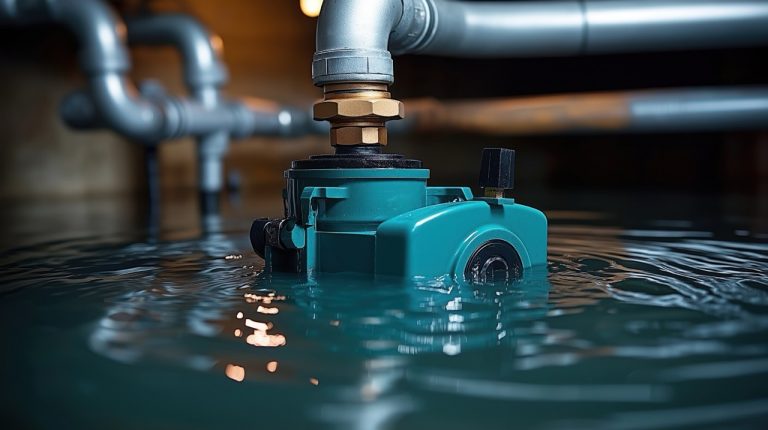Sump Pump Maintenance: Your First Line of Defense Against Flooding
Spring rains can quickly overwhelm a basement if your sump pump isn’t ready. This essential device pumps water out of your basement or crawlspace, keeping your home dry and protected against water damage. A working sump pump can save thousands in flood repairs and mold remediation. To keep your sump pump running efficiently, it’s crucial…




